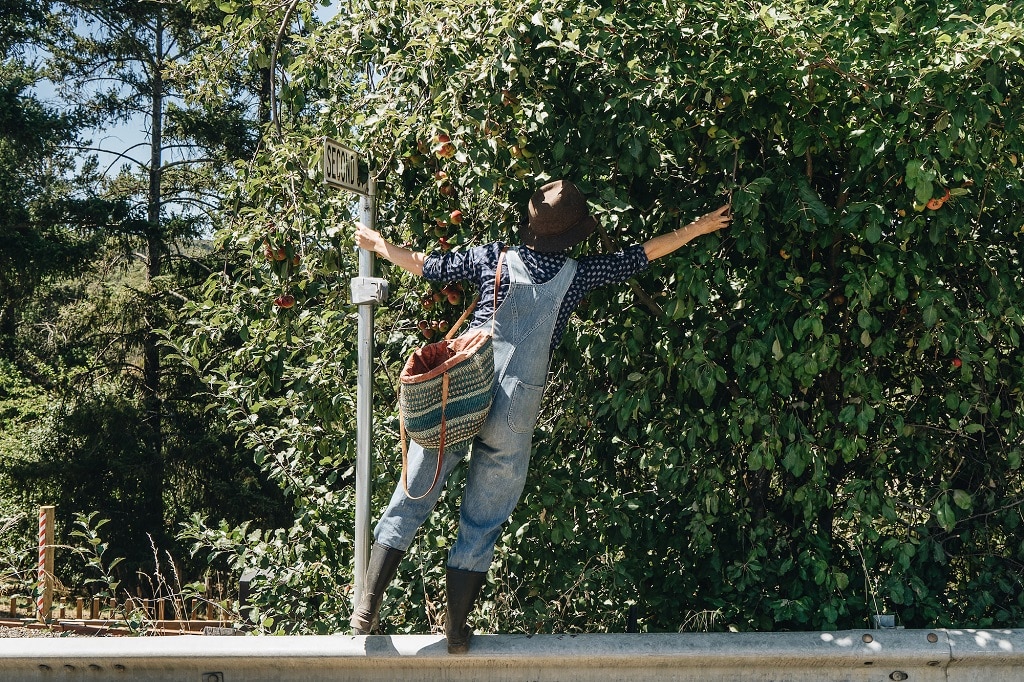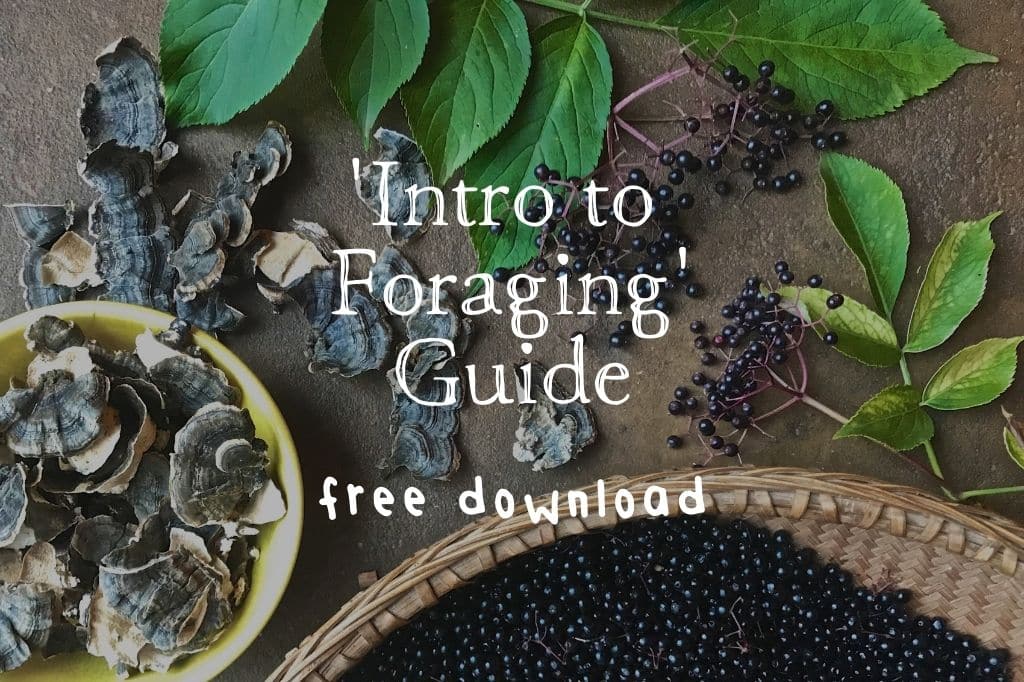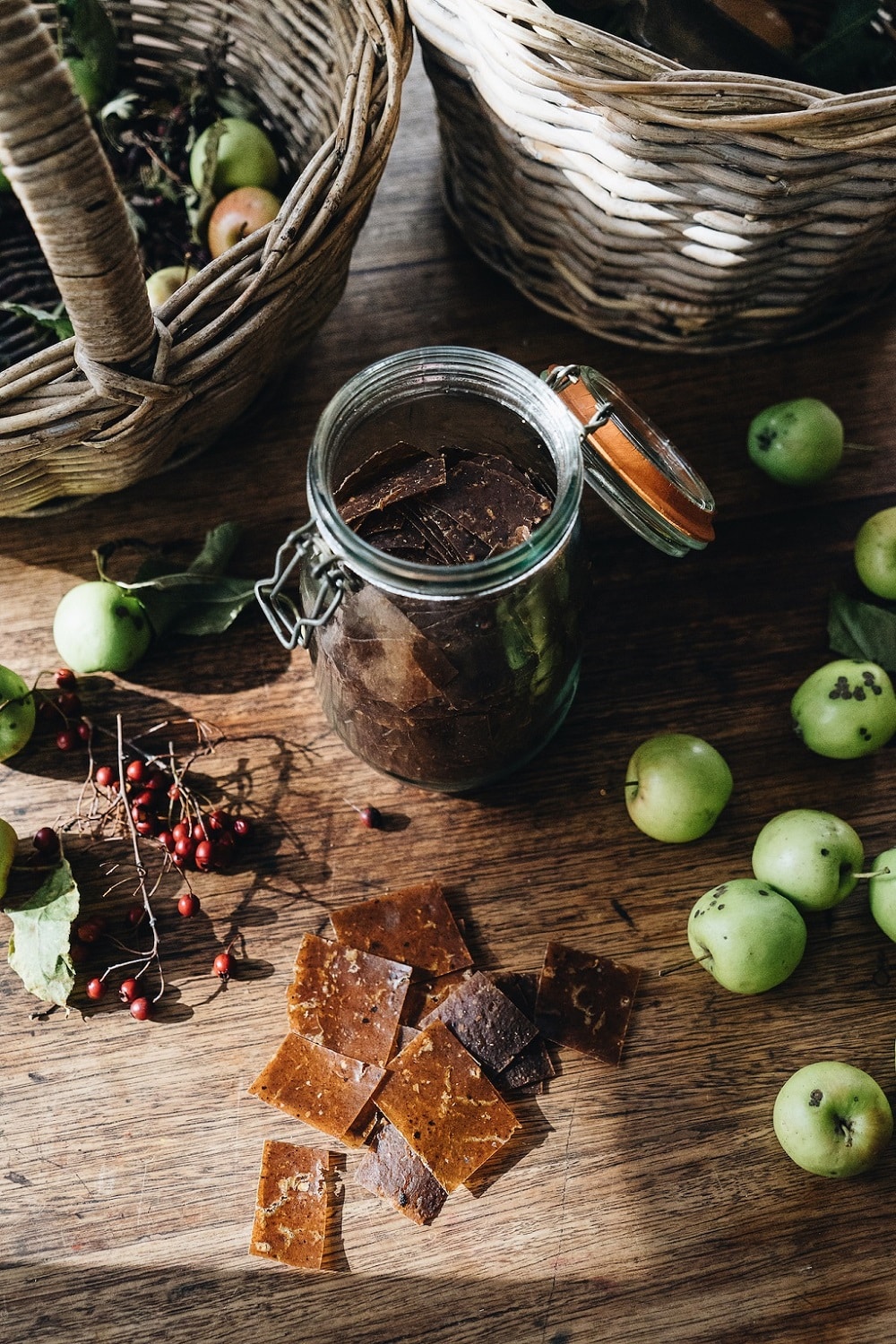‘Valuing the Marginal’ with David Holmgren + a Free Foraging Guide
Author: Kirsten Bradley
Go to Source

Using edges and valuing the marginal is a core permaculture principle – so who better to explore it with than David Holmgren, co-originator of permaculture! Plus, to help you start putting this principle into practice, we have a free downloadable foraging guide for you also.
So … what’s at the edge of your vision right now? What about the edge of your work, your garden, your neighbourhood – even your life overall?
When you set aside the ‘main game’ for a sec, what’s hanging out there in the margins?
As permaculture principle 11 – ‘use edges and value the marginal’ – explains, the fringe is often a powerhouse melting pot of action, friction, biodiversity and ideas.
The video lesson below is one of 40+ lessons taken from our Permaculture Living online course – a 12 week program of new skills, habits and ongoing support – to enable you to kickstart your household + community resilience, and start living like it matters! You can join the waitlist for the next class here.
It’s one of our favourite principles here at Milkwood, because it encourages us all to look beyond our points of daily focus, and to consider the whole picture.
(By the way, head here to dig into all 12 permaculture principles.)
Permaculture Principle 11: David Holmgren explains
As David says: “That word ‘marginal’ has come to mean ‘of no value’. But that’s in fact wrong. It’s Those things which are valuable in providing back-up.”
Areas considered marginal can be as small as the darkest edge of your tiniest veggie patch, or as huge as an entire beach, where water meets land.
Regardless of size, pay attention. Because these fringes often contribute hugely to biodiversity, which is beneficial to all.
Not quite sure what we mean? Let’s take edible weeds, for example. They might not ever become the main thing you eat, but they can stillbe a valuable food source, providing additional nutrients and variety in your diet. Many of your own ancestors will have relied on these same weed species to feed their families, during hard times in the past. How’s that for valuing the edge…
Foraging wild food – a free guide for you to download

So – how to expand your appreciation for where the edges are in YOUR life?
Finding and eating wild foods growing all around you is a great way to bring a marginal resource into your household – and a most delicious way, might we add.
That might simply mean recognising an edible weed growing on your driveway, or harvesting a bounty from street trees that otherwise go ignored in your city – things like lilli pillies, loquats and olives … yum.
Perhaps you have access to a clean beach, where you can learn the many delicious wonders of wild-harvested seaweed (if permissions in your area allow it).
Even mushrooms, foraged wild or grown at home from waste products can help you hone your perception of what can happen at the edge of things, at the periphery.
Wild food is all around us – under our feet, down nearly every back lane, out the back of the doctor’s surgery, and next to the highway. It might even be between the cracks of your path. You just need to learn how to see it.
To help hone your eye, we’re sharing this free extract of the ‘Wild Food’ chapter of our Milkwood book. You’ll learn the rules of engagement, the best forager’s toolkit and how to map wild food.
Start somewhere, anywhere – it doesn’t really matter
Like so many wonderful things, it doesn’t really matter where you start with this – big or small.
It’s all good stuff, because using edges and valuing the marginal works as a beautiful counterbalance to some of the bigger and bolder permaculture principles, the ones focused on production and yields.
This valuing of the marginal can apply at all different scales – its up to you.
So, tell us – what’s happening at the fridges of your life and community? What new ideas might start to develop if you cultivate your peripheral vision skills to better notice and value these ‘marginal’ things?

Resources
FACEBOOK GROUP
Need help ID-ing one of your wild food plants? Join our Milkwood Permaculture Community Facebook group, post a pic of your plant and ask our brains trust of awesome folks. We’ll all do our best to figure it out with you.
ARTICLES
- Learn 5 Wild & Useful Plants Near You
- Making Wildwood Tea
- Video: How To Grow Mushrooms in Buckets & a Wild Fungi Foraging Guide
- How to make Wild Fermented Young Country Wine (it’s easy)
- Hawthorn: Foraging and Using – for heart and immunity care
- The Right to Roam: tips for first-time foragers
- And loads more informative articles in our foraging food articles archive.
PODCAST
- Interview with Robyn Wall Kimmerer on For.The.Wild – Indigenous knowledge for earth healing – brilliant, please listen.
BOOKS
- Milkwood: Real Skills for Down to Earth Living, Kirsten Bradley and Nick Ritar, Chapter 5 ‘Wild Food’ – packed with tips for ID-ing plants, as well as recipes
- The Weed Forager’s Handbook: A Guide to Edible and Medicinal Weeds in Australia, Adam Grubb and Annie Raser Rowland (Hyland House, 2012) – top edible and medicinal weeds and uses – Permaculture Principles (AU) / Permaculture Principles (US)
- Bush tucker book by indig author
- The Thrifty Forager, Alys Fowler – one of our faves
- The Forager Handbook: A Guide to the Edible Plants of Britain, Miles Irving (Penguin, 2009) – how and where to find wild plants, plus recipes
- The Forager’s Calendar: A Seasonal Guide to Nature’s Wild Harvests, John Wright – great little guide
The post ‘Valuing the Marginal’ with David Holmgren + a Free Foraging Guide appeared first on Milkwood: permaculture courses, skills + stories.
